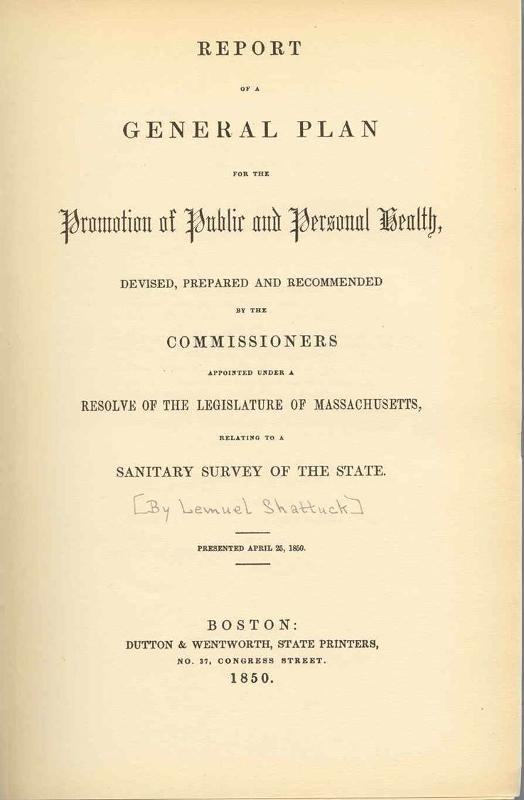Origins of Disease Surveillance
 In order to explore the determinants of disease and health it is necessary to record health related events. In Europe the earliest systematic records regarding births and deaths were recorded in churches. Beginning around 1592 the parish clerks in London began recording deaths. In 1662 John Graunt, a founding member of the Royal Society of London, summarized the data from these "Bills of Mortality" in a publication entitled "Natural and Political Observations Mentioned in a Following Index, and Made Upon the Bills of Mortality." Graunt analyzed the data extensively and made a number of observations regarding common causes of death, higher death rates in men, seasonal variation in death rates, and the fact that some disease had relatively constant death rates, while others varied considerably. In 1837 England established the General Registrar's Office in order to record births, deaths, and marriages in England and Wales. Dr. William Farr was appointed Chief Statistician, and the data that was collected was used by John Snow and by Edwin Chadwick to explore the determinants of disease by looking at how disease rates differed according to factors such as gender, location, occupation, and social class. Measuring disease frequency and making comparisons among groups of people is essential to identifying the determinants of disease and health.
In order to explore the determinants of disease and health it is necessary to record health related events. In Europe the earliest systematic records regarding births and deaths were recorded in churches. Beginning around 1592 the parish clerks in London began recording deaths. In 1662 John Graunt, a founding member of the Royal Society of London, summarized the data from these "Bills of Mortality" in a publication entitled "Natural and Political Observations Mentioned in a Following Index, and Made Upon the Bills of Mortality." Graunt analyzed the data extensively and made a number of observations regarding common causes of death, higher death rates in men, seasonal variation in death rates, and the fact that some disease had relatively constant death rates, while others varied considerably. In 1837 England established the General Registrar's Office in order to record births, deaths, and marriages in England and Wales. Dr. William Farr was appointed Chief Statistician, and the data that was collected was used by John Snow and by Edwin Chadwick to explore the determinants of disease by looking at how disease rates differed according to factors such as gender, location, occupation, and social class. Measuring disease frequency and making comparisons among groups of people is essential to identifying the determinants of disease and health.
Massachusetts played a leading role in the evolution of surveillance and public health in the Americas, beginning with registration of births and deaths in 1842. Lemmuel Shattuck headed the Sanitary Commission of Massachusetts, which submitted its "Report of a General Plan for the Promotion of Public and Personal Health" in 1850. In 1874 Massachusetts established a surveillance system that would be described today as "sentinel surveillance" in which a specified group of 168 physicians submitted regular reports on new cases of 14 diseases deemed "dangerous to the public's health." Ten years later the legislature established a list of "reportable diseases," which all physicians were required to report, subject to fine.
Reporting of infectious diseases evolved more slowly on a federal level. Beginning in 1901, all states were required to report a list of diseases. In 1914 the US Public Health Service began centralized data collection, and in 1925 national disease reporting became mandatory. Since then, surveillance has evolved to include not just a handful of infectious diseases, but a host of infectious and non-infectious disease and conditions and behaviors. The CDC now defines surveillance as "the ongoing systematic collection, analysis, and interpretation of health data essential to the planning, implementation, and evaluation of public health practice, closely integrated with the timely dissemination of these data to those who need to know."
In order for surveillance to have a meaningful impact on planning, implementation, and evaluation of public health practice, the data collected from the surveillance system must be organized and analyzed in a thoughtful, structured way, and the results must be communicated in a clear, effective way to both the public health workforce and the community at large.

